Why Save Trees?
Trees are valuable.
According to the International Society of Arboriculture, a specimen shade tree may be worth up to $38 per square inch of trunk cross section[1]. For example, a tree two feet in diameter could be worth as much as $17,176 or a three-foot tree up to $38,646 using the Trunk Formula method of valuation.
Property values go up with trees. Real estate agents and homebuyers typically assign 10% to 23% of a residence’s value to the trees on the property[2].
Trees save energy.
Shade. In a Miami study, the temperature of an unshaded west wall ranged from 112 to 117°F; a similar surface shaded by one large tree ranged from 87° to 92°F; a reduction of more 20%[3]. Shade also reduces heat reflected by concrete or asphalt surfaces.
Natural “air conditioning.” Evaporation of moisture from leaves cools air under a tree’s canopy by 6 to 8°F. Trees can reduce daily air conditioning cost by as much as 50%.[4]
Reduced air infiltration. As windbreaks, trees can save up to 30% of winter heating bills.
Trees clean the air.
Over a year’s time, one acre of growing trees will absorb all the carbon dioxide produced by an automobile driven 26,000 miles.5 Trees also trap and remove particulates from the air.
Trees help reduce storm water runoff and soil erosion.
Trees make the neighborhood.
They cut traffic noise, give a home to songbirds and small mammals, restore our health and spirits and make our community the place we want to live.
Before Construction: Design for Tree Survival
Pick the trees to save and design the house to accommodate them. Look for healthy trees of desirable species. Pay special attention to shade potential for the house and nearby cement/asphalt areas.
Determine the Critical Root Zone (CRZ) for each tree, which is roughly a circle with a radius equal to the average dripline(see Figure 1). Realize that most tree roots are in the top two feet of soil, and that feed roots are in the top few inches (see Figure 2). Roots require non-compacted soil for both air and moisture.
Protect at 75% of the CRZ. Fence the are to prevent traffic or storage of materials. If fencing is not possible, cover the CRZ with 6-8 inches of wood-chip mulch and 3/4-inch plywood or road boards to prevent soil compaction.
Route underground utilities to avoid the CRZ. If digging is unavoidable, bore under the roots or hand dig to avoid severing them.
Design paving away from CRZ. If this is not possible, use a porous material for driveways, such as crushed granite, pavestone, etc.
Save trees that are very close to buildings by using pier-and beam construction techniques that allow air and moisture to reach the root zone.
Figure 1
The Criticial Root Zone (CRZ)
Figure 2
LEFT: How people think tree roots grow
RIGHT: How tree roots actually grow
During Construction: Save the Roots, Save the Trees
Be sure to do the following during your project to save your trees:
Set up tree protection guidelines and monitor compliance – from initial grading of the lot to final landscaping and irrigation.
Maintain CRZ fencing. Mark access routes, storage areas and refuse sites.
Keep backhoes and other root destroying equipment away from roots, especially in the CRZ.
Avoid soil compaction. Park in the street, not under shade trees!
Use boring or tunneling methods when utilities are in the CRZ, since most roots are close to the surface. Or dig hand trenches to avoid cutting roots.
Do not allow disposal of paints, oils, unused mortar or other potentially toxic materials anyplace on the site.
If pruning is required, use correct National Arborist Association specifications. Do not expect pruning (or fertilizing) to compensate fully for destroyed roots.
Keep the CRZ well watered during construction to avoid extra stress on trees. Saturate the top 4-6 inches of soil.
For more information on tree preservation, please visit www.treescape.org
After Construction: Remediate and Monitor
Remove contaminated soil, and aerate compacted soil. Make sure to maintain the same grade as before construction – more than two additional inches of soil or sod can ultimately kill an otherwise healthy tree.
Monitor trees for up to five years, checking for insects or disease that can strike a weakened tree.
Water trees during dry periods to help them recover from construction stress.
Fertilize annually with a slow-release non-burning complete fertilizer.
Check with an Expert
There are so many species of trees and site possibilities that we can only offer general guidelines in this brochure. You’ll get the best advice about preserving trees from a qualified Urban Forester. Look for a person with a degree in urban Forestry or Horticulture and at least three years’ experience in urban tree preservation.
[1] Valuation of landscape trees, shrubs and other plants, 7th edition, International Society of Arboriculture, Savol IL, 1988.
[2] Morgan, Robin. 1991. Technical guide to urban and community forestry. U.S. Forest Service, p. 4.
[3] The Landscaping Fact Sheet, Texas Energy Extension Service, Texas A&M University.
[4] Parker, J. 1981. Uses of Landscaping for Energy Conservation, Florida International University, Miami.
[5] Benefits of Urban Trees, U.S. Forest Service, 1720 Peachtree Rd., NW, Atlanta, GA 30367-9102.
For more information on tree preservation, please visit www.treescape.org


